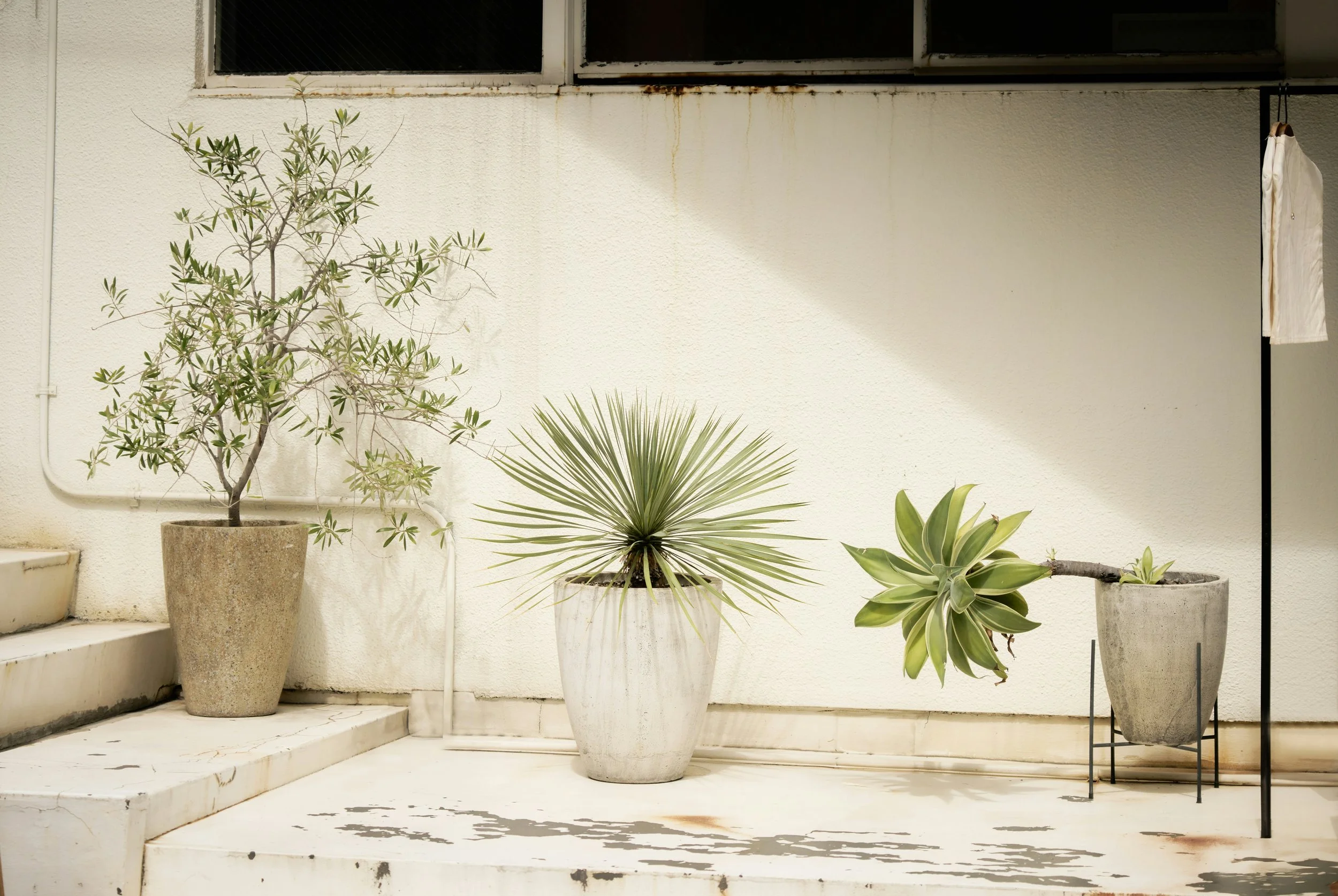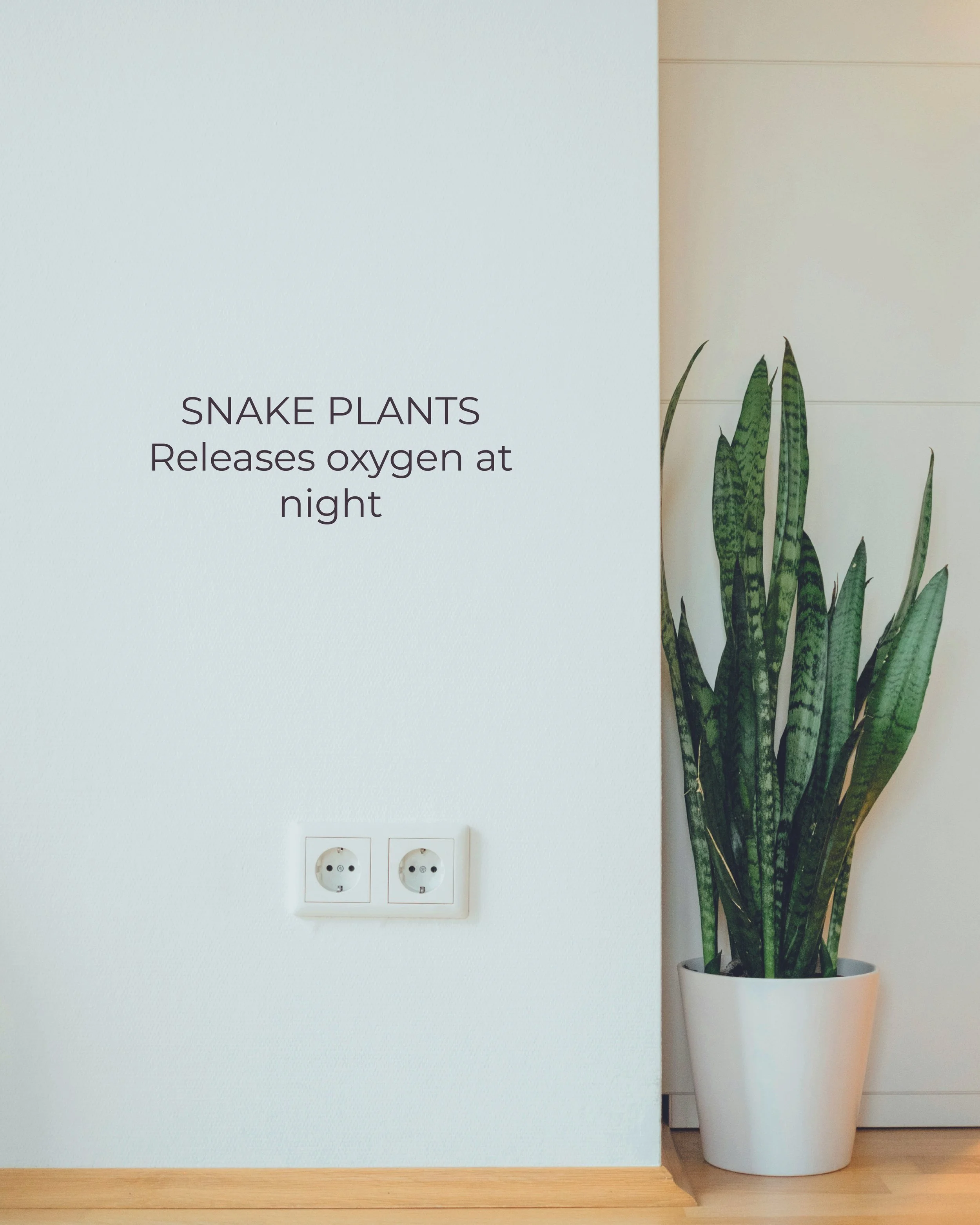Natural Plasters and Oxygenating Plants
Photo by Buddy Photo
Breathe Easy:
The Perfect Pairing of Natural Plasters and Oxygenating Plants
In a world of synthetic surfaces and chemically treated interiors, there’s something deeply grounding about returning to the elemental materials that breathe, that age gracefully, and support the health of both the planet and the people within. Natural plasters, made from lime, clay, or earth, are a beautiful alternative to modern wall finishes, such as gypsum plaster. When paired with carefully chosen indoor plants that increase oxygen and purify the air, the result is an interior space that feels alive, calm, and restorative.
Why Choose Natural Plasters?
Natural plasters are more than aesthetic alternatives for your walls. They’re tactile, breathable, and non-toxic—low in VOCs and synthetic binders.
Here’s what sets them apart:
Breathability: Clay and natural plasters allow moisture to move through your walls, reducing the risk of mould and creating a more balanced indoor climate.
Aesthetic Beauty: With natural pigments and hand-applied textures, each finish is unique. Earthy tones and organic forms lend warmth and authenticity.
Health Benefits: No off-gassing, no plasticisers—just natural materials that support a healthier home environment.
Sustainability: These materials are low-impact, often locally sourced, and can be recycled or returned to the earth.
Oxygenating Plants: Natural Allies for Your Plaster Walls
While your walls breathe, why not let your space do the same? Houseplants not only enhance a room visually, but they also improve air quality and oxygen levels. Here are some perfect plant companions for natural plaster interiors:
1. Areca Palm (Dypsis lutescens)
A lush, feathery palm that thrives in indirect light. Known for its ability to release moisture and oxygen, it’s ideal for homes with lime or clay walls, which regulate humidity naturally.
2. Snake Plant (Sansevieria trifasciata)
This hardy, sculptural plant is a powerhouse for night-time oxygen release. Its modern, sculptural form contrasts beautifully with the softness of earthen walls.
3. Peace Lily (Spathiphyllum)
Elegant and low-maintenance, peace lilies help filter airborne toxins and thrive in the same humidity range that natural plasters create.
4. Pothos (Epipremnum aureum)
A cascading vine that’s virtually impossible to kill. It adds movement to plastered walls and helps detoxify indoor air from formaldehyde and benzene.
Photo by Kevin Lessy
5. Spider Plant (Chlorophytum comosum)
Great for kitchens or bathrooms where moisture fluctuates. It’s an oxygen booster and easy to propagate—perfect for placing in hand-sculpted wall niches.
Photo by Paul Hanaoka
Styling Tips: Harmonising Plants and Plaster
Textural Layers: Let trailing plants drape down plastered alcoves or climb along limewashed walls.
Natural Containers: Pair with unglazed clay pots, woven baskets, or recycled vessels to maintain a raw, grounded look.
Integrated Design: Consider building in shelves, recesses, or niches during plastering to hold plant pots—functional and beautiful.
Now, all you have to do is inhale the Calm. There’s a quiet synergy between natural plasters and living plants. Together, they create a sanctuary that supports well-being from the inside out—breathing walls, oxygen-rich air, and a visual connection to nature are a must when considering Biophilic design. Whether you’re crafting a serene studio or upgrading your space, this pairing invites you to slow down, breathe deeply, and live in rhythm with the earth.





